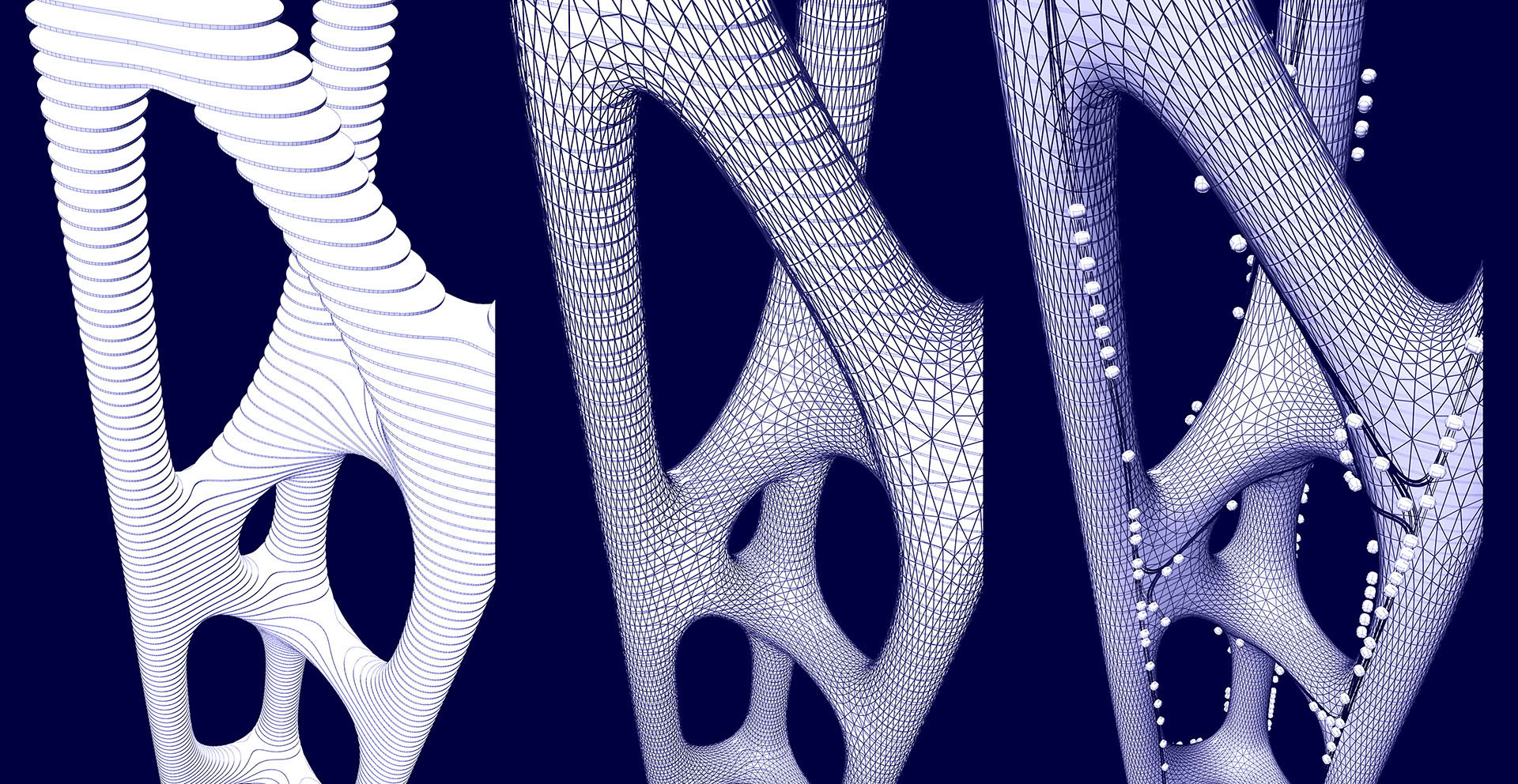
IUMO/v
IUMO/v
IUMO/v
Despite many advances in technology, the elevator has not changed in over 150 years: a single cab hoisted up an and down in an otherwise empty shaft. This shaft is one of the most expensive, underused and inefficient pieces of real estate in the world. At street level and below ground, as soon as a taxi cab or underground train passes, the next follows on its tail. These are looped transportation systems — multi-directional, adaptable and super-efficient. Why shouldn’t elevators behave the same way?
IUMO/v is a research project that achieves this. With the advent of autonomous vehicles, a transport revolution is poised to radically transform the way we move within our cities. IUMO/v leverages these advances and extends them vertically to achieve a three-dimensional urban mobility protocol that is on-demand, ultra-responsive and point-to-point. Imagine a fully-integrated digital and physical infrastructure in which your journey begins at home, pauses at your favourite cafe and ends directly on your 55th floor office. Throughout this journey, privacy and experience are paramount: catch up on your book or immerse yourself in the panoramic views of the city around you.
IUMO/v relies on a very physical and venerable piece of infrastructure – a track. The IUMO/v track, however, can also tip, turn and twist to climb on the outer surface of buildings. Unlike the rigid up and down movement of an elevator, the IUMO/v works like a gyroscope. It rotates so that its floor is always horizontal, using the same dynamic digital stabilisation systems of high-speed trains. Its movement is always gentle and your ears never pop. Propelling this is a linear induction motor system similar to that used by roller coasters and Maglev trains.
Liberating vertical transport from the central core to the exterior of the building opens up opportunities for unprecedented architectural forms. If current skyscrapers often feel monolithic, self-contained and sometimes indifferent to their context, IUMO/v will allow for new types of buildings that, despite their height, are holistically integrated with the grain of the city around them. The elevator has been a primary influence on the shape and appearance of the modern city to date. We believe that its inevitable demise will be the catalyst for the next chapter in the life of the city.







Related Projects


